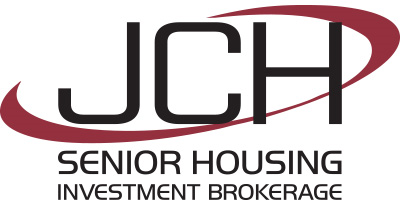The world of senior housing is divided into distinct sectors: Skilled Nursing, Assisted Living/Memory Care, Independent Living, and Active Adult. Skilled Nursing and Assisted Living/Memory Care facilities are licensed and provide help with daily activities, while Independent Living and Active Adult communities focus more on lifestyle and amenities.
As we look ahead to the second half of 2023, there are still concerns looming over the senior housing sector. The economy, interest rates, and rising costs of food, insurance, and labor are all presenting challenges to industry investors, owners and operators.
Skilled Nursing Facilities present the greatest challenge. With skyrocketing labor and insurance costs, not to mention strict regulations, it’s no wonder owners and operators are struggling. Surprisingly, there’s been a mysterious rise in the prices of SNFs. This could be due to the lack of new construction in recent years. In today’s market, the most common buyers for these facilities are Private Equity firms and REITs who partner with experienced operators known for turning things around. With the lack of new facilities, this trend is expected to continue.
Assisted Living/Memory Care facilities, on the other hand, are seeing their resident numbers rebound. However, their profit margins are under pressure from higher labor costs, insurance premiums, agency fees, etc. In response, senior housing operators are raising their rents by 7-15%, depending on the market and community, hoping to improve the bottom line.
Independent Living and Active Adult communities offer a different kind of experience. Independent living facilities are similar to assisted living but without the added healthcare licensing. They don’t assist with medication management or activities that come with daily living. Active Adult communities, on the other hand, are all about embracing a lively and engaging lifestyle. They offer a wide range of amenities and multiple apartment options. These communities are attracting younger, healthier seniors who want to downsize but still enjoy an active life without the hassles of home ownership. For this reason, many investors eye them as an attractive choice to expand their presence in the senior housing sector.
The senior housing industry is facing some tough challenges. Obtaining financing requires jumping more hurdles, while interest rates climb higher. Lenders have tightened their criteria for cash-flowing deals, making it harder to secure funding. Institutional lenders are even shying away from value-add projects altogether. To fill in the gap, bridge lending has become an option, albeit an expensive one. But even the bridge lenders are scrutinizing transactions more closely. This makes it even more challenging to get funding for those deals.
Unfortunately, there’s often a significant gap between the sellers’ asking price and what buyers are willing to pay. Sellers have to come to terms with the fact that the current reality sets the baseline for valuation in the underwriting process.
To make matters more difficult, many experts predict a recession in the last part of 2023 or early 2024, mainly due to inflation. The Federal Reserve has already raised interest rates by a significant margin, and more increases may follow in coming months. Despite all the challenges, buyers are still finding attractive value-add opportunities and are actively on the hunt for good deals in the senior housing sector.
The senior housing sector and what it’s facing as we look towards the second half of 2023 is a complex landscape with various pockets of struggle and opportunity. But the world of senior housing, much like the population it serves, keeps evolving and adapting with time.
